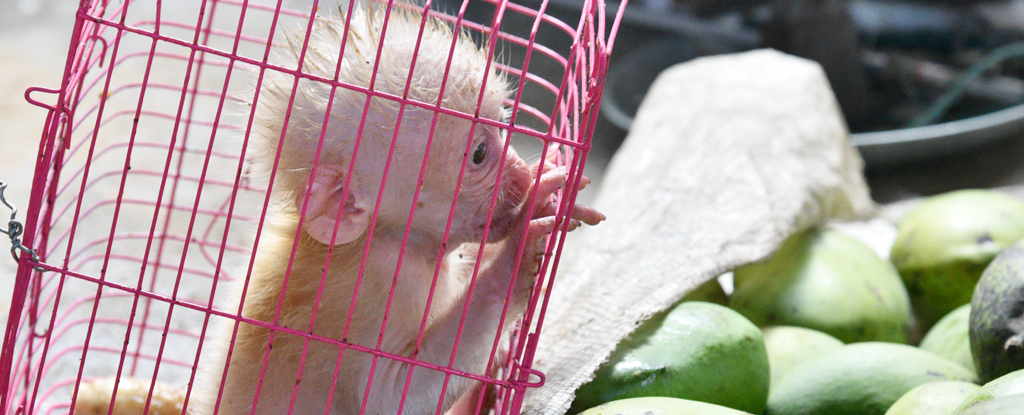Around 4,000 species of plants and animals are victims of illegal wildlife trade globally, according to the latest World Wildlife Crime Report.
Despite two decades of coordinated international efforts to tackle illegal wildlife trafficking, it keeps posing one of the greatest threats to many species’ continued existence amid the backdrop of human-driven ecological unraveling.
“Wildlife crime inflicts untold harm upon nature, and it also jeopardizes livelihoods, public health, good governance and our planet’s ability to fight climate change,” explains Ghada Waly, Executive Director of the United Nations Office on Drugs and Crime (UNODC).
The new UNODC report was compiled from over 140,000 records of wildlife seizures that occurred in 162 countries and territories between 2015 and 2021.
While there have been a few hopeful signs of a decrease in the trafficking of some iconic animals like rhinos and elephants, many of the victims are lesser-known species. About 3,250 of them are listed in the Convention on International Trade in Endangered Species of Wild Fauna And Flora.
Corals accounted for 16 percent of recorded seizures, followed by crocodiles and their relatives at 9 percent. Elephants represented 6 percent, down from 16 percent in 2005–2014.
“Actual wildlife trafficking levels are of course far greater than the recorded seizures,” the report states. “Corruption undermines regulation and enforcement while technology accelerates the capacity of traffickers to reach global markets.”
During the pandemic, much of the wildlife trafficking trade moved online, making it even harder for authorities to keep track of.
A desire for exotic pets drives much of the trade for rarer species, including dazzling spiders, and a growing demand for reptiles. But trafficked species are being used for other purposes too, such as fashion, traditional medicines, and illegal drugs – like the poisonous toad sought for its psychedelic toxins.
The report points out that wildlife trafficking has contributed to local or global extinctions for some of the species most impacted, such as rare orchids, succulents, and reptiles. These species receive little public attention.
What’s more, the illegal movement of animals risks facilitating the spread of new diseases, increasing risks to public health.
As ecosystems face increasing stresses from pollution to climate change, further overconsumption through wildlife trafficking also puts people’s livelihoods at risk and drives the most vulnerable among us to participate in these illegal activities too.
However, declines in elephant and rhino poaching have been sustained over the last decade, proving that with targeted efforts, progress against the illegal trade can be achieved.
The report calls for more research and monitoring, as much about the illegal wildlife trade still remains obscured.
“It is also important to always keep communities and their wellbeing front and center,” the report concludes.
“They are the custodians of nature’s treasures, and we must raise their awareness, partner with them, and protect their interests.”
The full UNODC World Wildlife Crime Report is available here.




















Discussion about this post